Search Results for 'Gaelic League'
31 results found.
Pádraic Ó Conaire statue returns to museum today
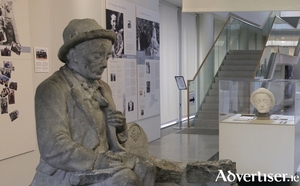
The iconic statue of writer Pádraic Ó Conaire will finally be returned to the Galway City Museum today, in advance of a bronze replica being installed in Eyre Square later this year - the statue's original home.
Galway club hurling, 1884 to 1934
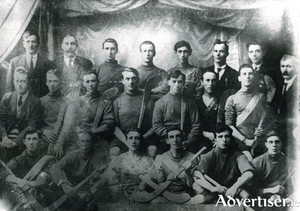
An intriguing report appeared in the Galway Express of March 21 1903 which stated: “At Prospect Hill on St Patrick’s Day, two hurling matches were played between the Gaelic League v Queen’s College, and Castlegar v Bohermore. The National Independence Band, The Forster Street Fife and Drum Band and the Industrial School Band, with several thousand people, attended. In the match between the Gaelic League and Queen’s College, the League won by 3 – 3 to 2 – 0. Castlegar beat Bohermore.”
Maloney’s Dream - a story of the 1916 Rising accessible for children
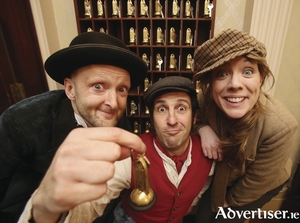
SET DURING Easter Week 1916, Maloney’s Dream, the exciting new show for children from Galway-based theatre company Branar Téatar Do Pháistí, receives its world premiere at the Town Hall Theatre, with performances from Wednesday April 6 to Saturday 9.
Seamus Carter, athlete, Gaeilgóir, patriot
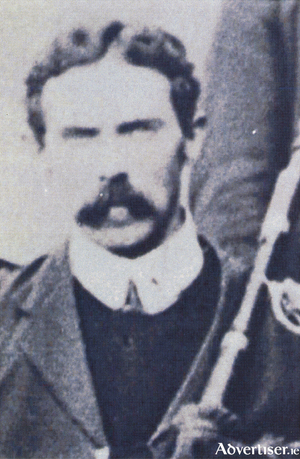
Seamus Carter was a fluent Irish speaker who was a member of the Gaelic League since its inception. He was the secretary of the Oireachtas when it was held in Galway in 1913, the famous photograph of which hangs in the Town Hall.
Dáil Eireann - ‘The only Government that I recognise’
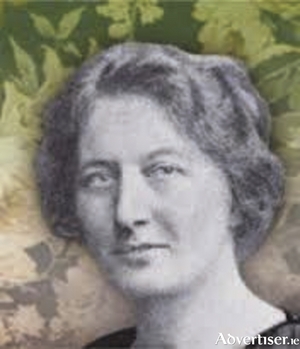
Following the throwing out of the so called Galway Resolution in December 1920, by which some Galway county councilors attempted to reject the authority of the newly elected Dáil, to rescind the process of passing on the rates' revenues to the Dáil (rather than to the British authorities); and to absurdly propose to bring the War of Independence to a close by directly offering to negotiate with the British prime minster David Lloyd George, the council'c vice-chairman, Alice Cashel, was arrested almost immediately.
‘The Galway Resolution’ - An attempted coup by some county councillors
On December 3 1920, at the height of the War of Independence, quite an extraordinary event happened in Galway County Council. It passed a resolution, known as ‘The Galway Resolution’, repudiating the authority of the newly established Dáil; it rescinded the resolution for the collection of rates, (which were collected locally, and passed on to Dáil Éireann, and not to the British authorities), and incredibly, Galway County Council now offered its offices to negotiate peace, directly with the British prime minister, David Lloyd George.
Soldiers of 1916 - ‘generally understood in the masculine sense’
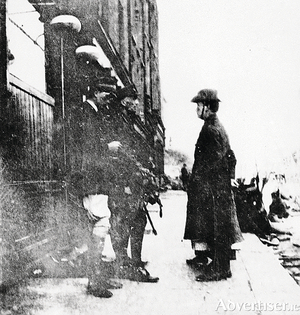
Despite the crucial role many women played in the 1916 Rising, very few were given the credit they deserved. In fact some were refused a pension for many years because they were not ‘men’. In at least one case, the valiant role played by Nurse Elizabeth O’Farrell was simply airbrushed out of history.
‘Coming in from the cold’ at UCG
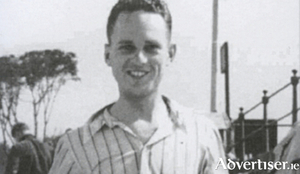
Even the master of intrigue himself, John le Carré, would have been mystified at the bizarre challenges the late Labhrás Ó Nualláin was presented with when he applied for a lectureship in economics, commerce and accountancy (through Irish) at University College Galway in 1953.
Galway County Council announces comprehensive 1916 centenary programme
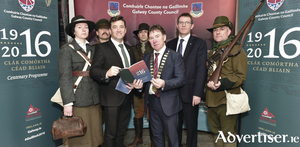
Galway County Council has major plans to mark the anniversary of the Easter Rising next year. A large crowd gathered at County Hall earlier this week for the launch of the local authority’s 1916 centenary programme. The commemorations encompass a number of themes including remembering, reconciling, presenting, imagining, and celebrating.
‘The keystone of fortune is the power of speaking English’
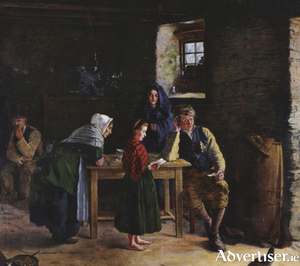
Whatever about the discrimination against the Irish emigrants in both Britain and America as they fled the ravages of the Great Famine in the mid 19th century, the effect of gaining a foothold in the two major English speaking countries of the world, pretty much sounded the death knell for the Irish language.

